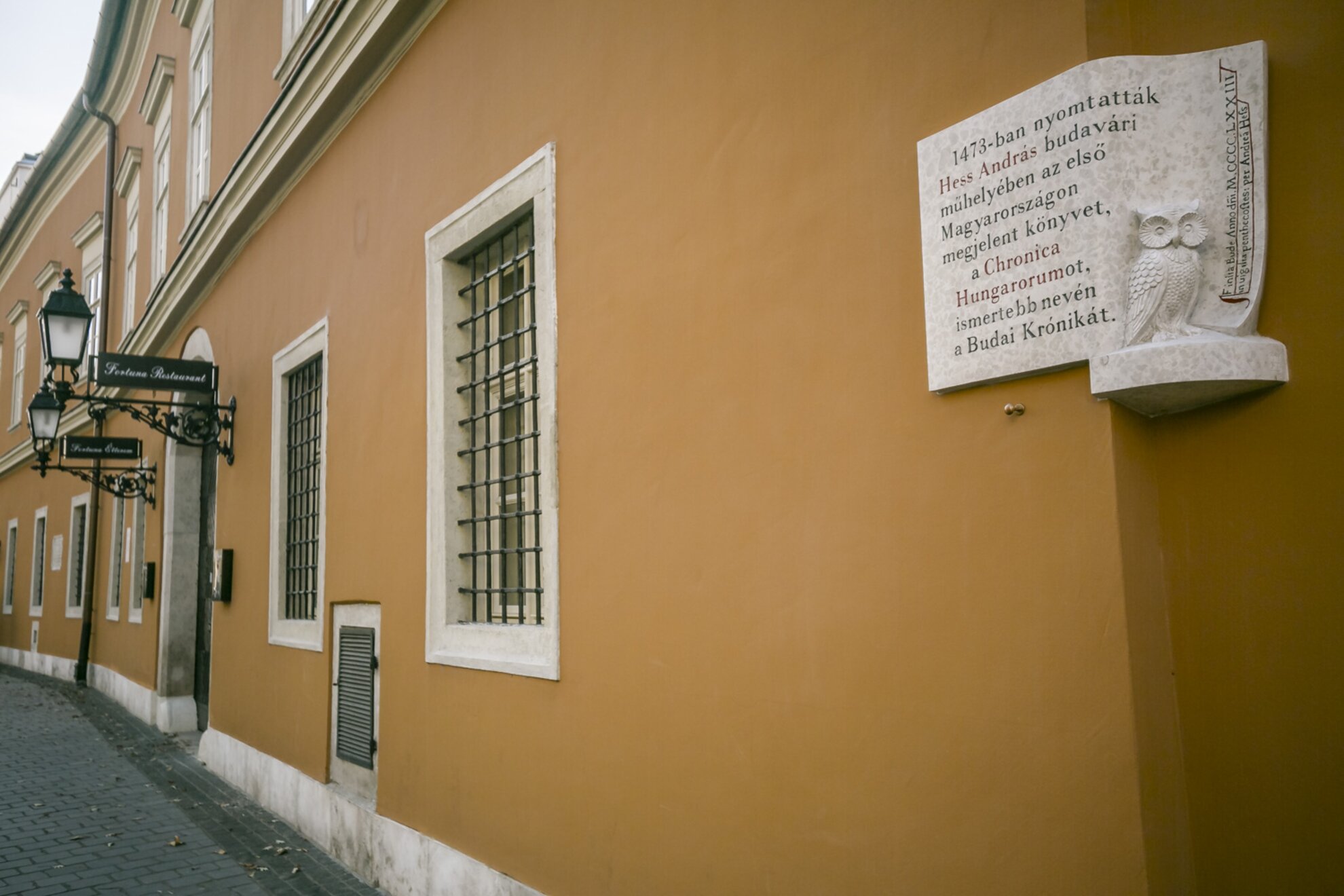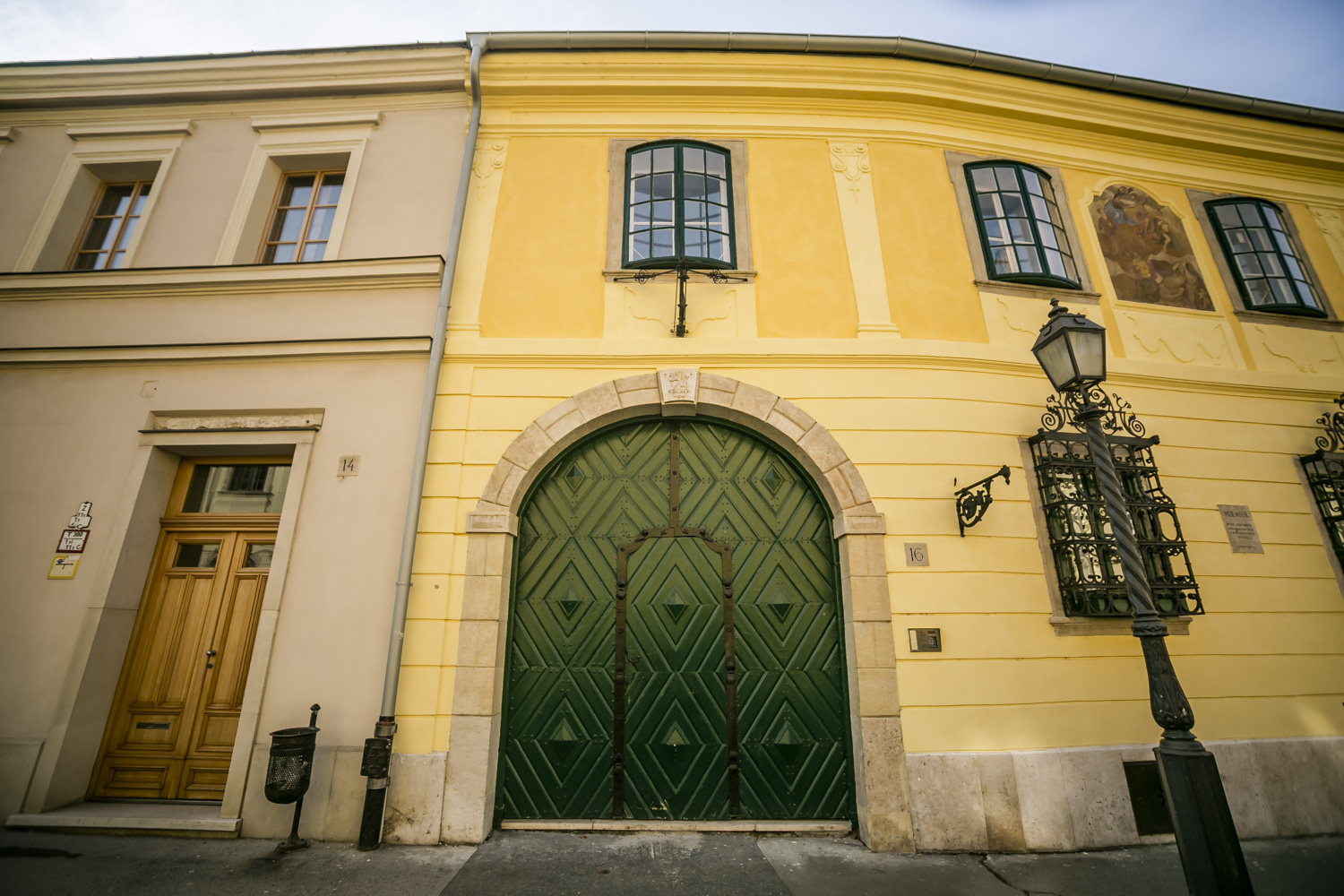Hungary’s most historic neighborhood is the Castle District, spread across a flat hilltop in Buda and featuring numerous monumental sights that define the city skyline, like the Royal Palace, Fishermen’s Bastion, and Matthias Church. It is always pleasant to stroll around the narrow cobblestoned lanes here to discover these landmarks up-close, and during the past few months this district has become even more enjoyable as many renovations are enhancing the smaller buildings and streets all over Castle Hill, revealing many fascinating details that had previously been hidden by decay.
The Castle District always seemed like a half-missed opportunity: while it has an incredibly rich historic heritage, and the whole district always had a relatively orderly picture to it, many of the buildings that were built during the Baroque era had long been neglected and showed signs of decay that obscured their statuesque details, while panoramic promenades were often marred by missing cobblestones. Furthermore, since this has naturally been one of the most popular districts for international visitors, most of the restaurants and shops here had an ambience that seemed more geared toward mass tourism than providing the level of quality that a community as historic as this one deserves. Locals and visitors alike long felt like there was potential for much more in this hallowed neighborhood.


During the past couple of years – as we often reported – important public buildings were gradually renewed, from Matthias Church to the Army Headquarters, from the House of Hungaricums on Szentháromság Square to the Old City Hall. What’s more, it was recently revealed that the building of the former ElectricPower Distribution Center, the iconic work of architect Csaba Virág, could be spared.


The refurbishment of the public buildings was followed by the settlements of the streets and the development of the panoramic Tóth Árpád Promenade, among others, but less attention was given to the continuously renewed residential homes.


The changes are especially striking at Hess András Square and at Táncsics Mihály Street, as these are the places that probably saw the most significant changes this year, but many restorations happened at the Vienna Gate, around Dísz Square, and at Úri Street as well.


The oldest building in Budapest that is still standing and being used, called the Vörös Sün Ház (Red Hedgehog House), was refurbished recently. Its foundation was built around 1260, and it reached its final form by the 18th century. It operated as a tavern and then as a theater. Its characteristic relief was erected in 1820, while the trade-sign referred to the German name of the inn (Zum Roten Igl).


The façade and the roof of the building of Táncsics Mihály Street 24 were also renewed. The house is originally from the 14th century, and around 1780 it was shaped to the form it still has today.


Additionally, the past few years have witnessed the emergence of several new high-quality restaurants in the area, such as Baltazár, Pest-Buda, and Jamie’s Italian Budapest (all of which feature lovely terraces during warmer months), while historic eateries like Alabárdos now present modernized versions of classic Hungarian dishes. We hope that these renovations and innovations will inspire everyone to go back to the Castle District to enjoy long strolls through these picturesque streets that have continually amazed countless visitors for centuries.




